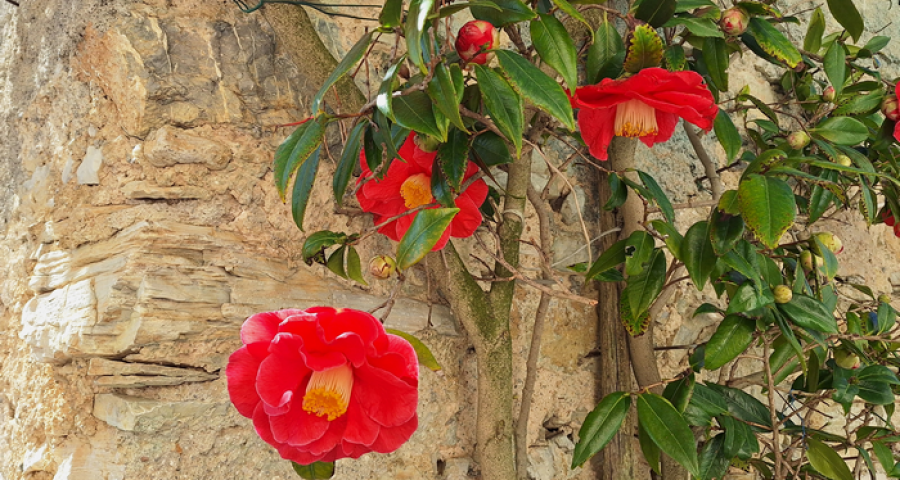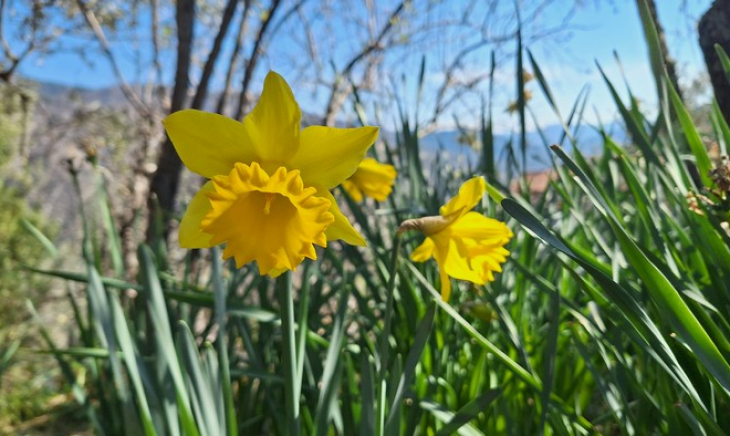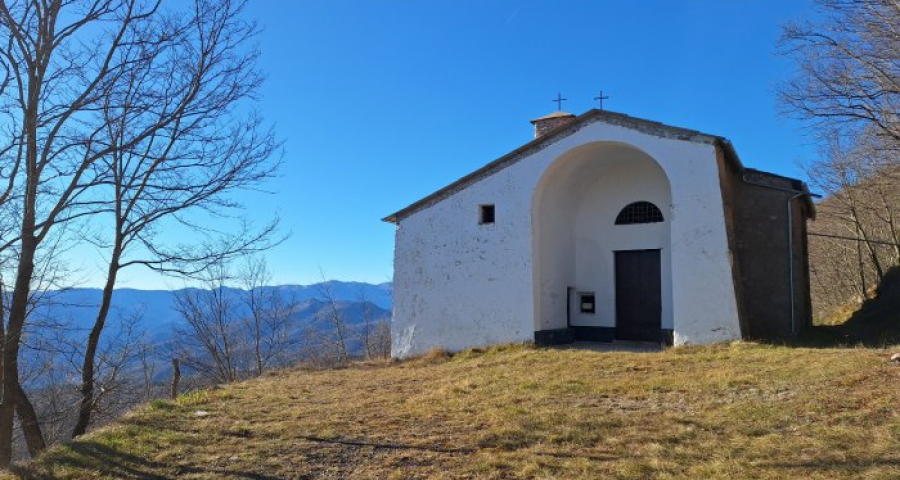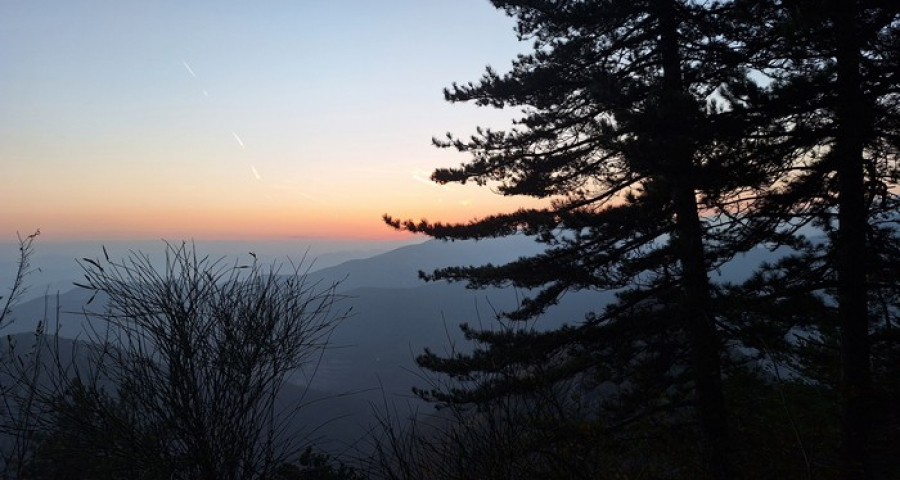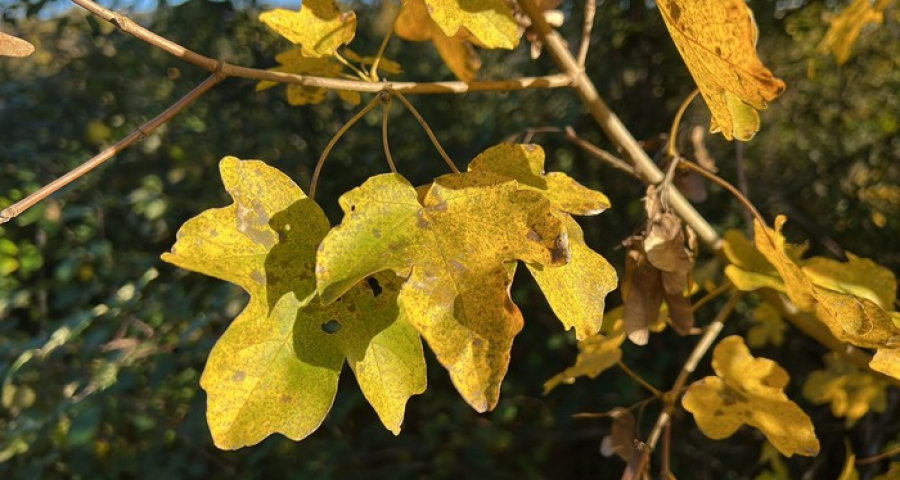Rebirth can be learned / 8 - The four tendencies that members of a religious community or movement can have after the death of the founder.
by Luigino Bruni
Article published in the 4/2024 issue of Città Nuova on 07/09/2024
When a community or spiritual movement passes from the first generation of founders to the next, this decisive passage takes various forms in the people who are part of it. In general, there are (at least) four main tendencies that are present in different degrees in people, and sometimes even in the same person.
The first tendency is the one found mainly in those we can call the diehards. It is the tendency that leads the person to live after the death of the founders exactly as they lived before, as if nothing important had happened. The same lifestyle, the same spiritual readings, the same commitments, the same language. This continuity has positive dimensions, too (seriousness, for example), mixed with some other, more problematic ones. They see the external impact of what they do diminishing, they feel a growing physical and spiritual fatigue, but they go on like they did yesterday. They are like that friend of mine who, faced with the increase in the price of petrol, said: ‘Nothing changes for me: I always put in 20 euros worth of it’. Usually, when this tendency prevails, it brings with it a certain nostalgia for the past, the praise of times gone by, the idea that all the troubles of the present depend on having lost the purity of the early days. It is a very understandable tendency, but one that should not be encouraged.
The second tendency is what we might call delusion. It is typical in those who at some point have convinced themselves that the foundation phase was a long self-deception, a collective and individual delusion played out in perfect good faith by all, which kept them in a spiritual and psychological type of adolescence or childhood for too long. Some people who find themselves in this second tendency also develop feelings of anger and rebellion, especially if they have invested heavily in the first season of community. The anger is towards themselves and sometimes also towards the community. It is a delusion that, however, is preferred to illusion and can thus become a true spiritual rebirth into a new maturity.
Then there is the third tendency towards spiritual depression, a kind of individual and collective sloth, made up of a lack of desire and eros. This is the most dangerous tendency, and its symptoms (cosmic pessimism, cynicism, criticism of anyone who does anything constructive...) must be identified immediately. Those who cultivate this tendency do not experience delusion beyond the illusion, also because they have neither the energy nor the will to do much self-analysis. They simply experience a gradual decline in the joy of doing things as before, they believe less and less in what they do, and no longer announce anything to anyone. They attribute the decline in desire to advancing age, to times that have changed, to young people not being what they once were. When this trend takes hold in communities, people withdraw to private life, and find themselves in a similar condition to that of the two disciples of Emmaus before the ‘unknown traveller’ joined them.
Finally, there is also a fourth, good trend, which is different and very important. It is hope. This is triggered in those who, faced with the same difficulties that everyone else sees, and well aware that in the community some dimensions have really changed and life is harder, instead of cultivating the three previous tendencies (which they see well in themselves and around them) try to engage in new projects, to use their creativity in search of new narrative codes, and together with others give life to collective processes of change. They do this in the simplicity of everyday life: they do not wait for the big moment, but make the small moments they have big. Hope, this hope, has nothing to do with a new self-delusion or naivety. It is born when one day, after perhaps having experienced all three tendencies, one realises that rebirth requires learning, that one can choose to be born again, that a resurrection is possible at 30, 60, 90 years of age. It may not be the great resurrection of everyone and the whole movement, but it can be your resurrection and that of the people you live with. And then you set off, with a few friends, for a new promised land. People who choose to cultivate this tendency are recognisable by a particular kind of meekness and typical delicate beauty. They attract us and, even if we have already been dominated by the other three tendencies, we feel involved in their rebirth. It is in the hearts of these people of hope that the future is sprouting: the third traveller has already joined them on the road to Emmaus.







